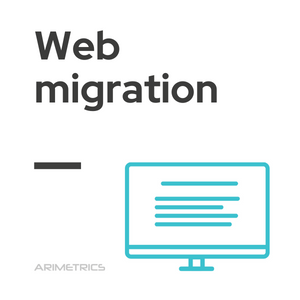 Definition:
Definition:
Web migration is the displacement or migration of data between domains without loss or deterioration of data security. Data can be migrated in various formats, such as text, Internet, or authorization/authentication files.
After migration,preserving data in a usable format requires special attention. Files should be transferred in the correct format with the appropriate file extensions. Administrators must also take the necessary steps to preserve correct ownership of the data and assigned file permissions.
Many ISPs and web hosting services offer domain migration management services.
Web migration it happens when servers are updated and data (including any authentication and authorization information) must be moved to a new system, when an administrator switches from one ISP to another, or when a website administrator moves the data that creates a web page (any markup language and image coding) from one system or domain to another.
When to perform a web migration
Web migration is required under the following conditions:
- During server upgrades, when server data must be transferred to a new system for preservation.
- When an administrator switches to a new Internet Service Provider (ISP).
- When a website administrator migrates data from a web page in one domain to another.
The domain migration process varies depending on the type of server during a server upgrade. For example, Unix and Windows servers may experience different domain migration processes. The same rule applies to ISPs and Web hosts.
The File Transfer Protocol (FTP),a typical domain migration method, allows users to download files from the local system and upload files to a new server. However, FTP has a number of shortcomings:
- During data transfer, FTP does not provide adequate preservation tools.
- File formats with unknown extensions can be altered during FTP transfers.
- FTP only facilitates the transfer of data in uncompressed formats, leading to the loss of system resources.
